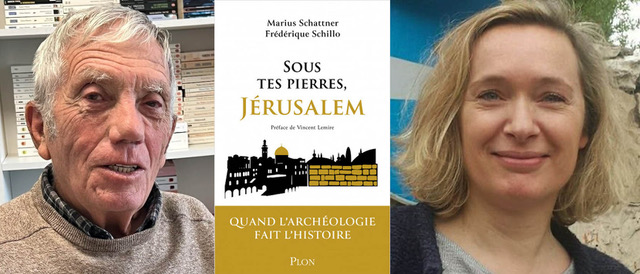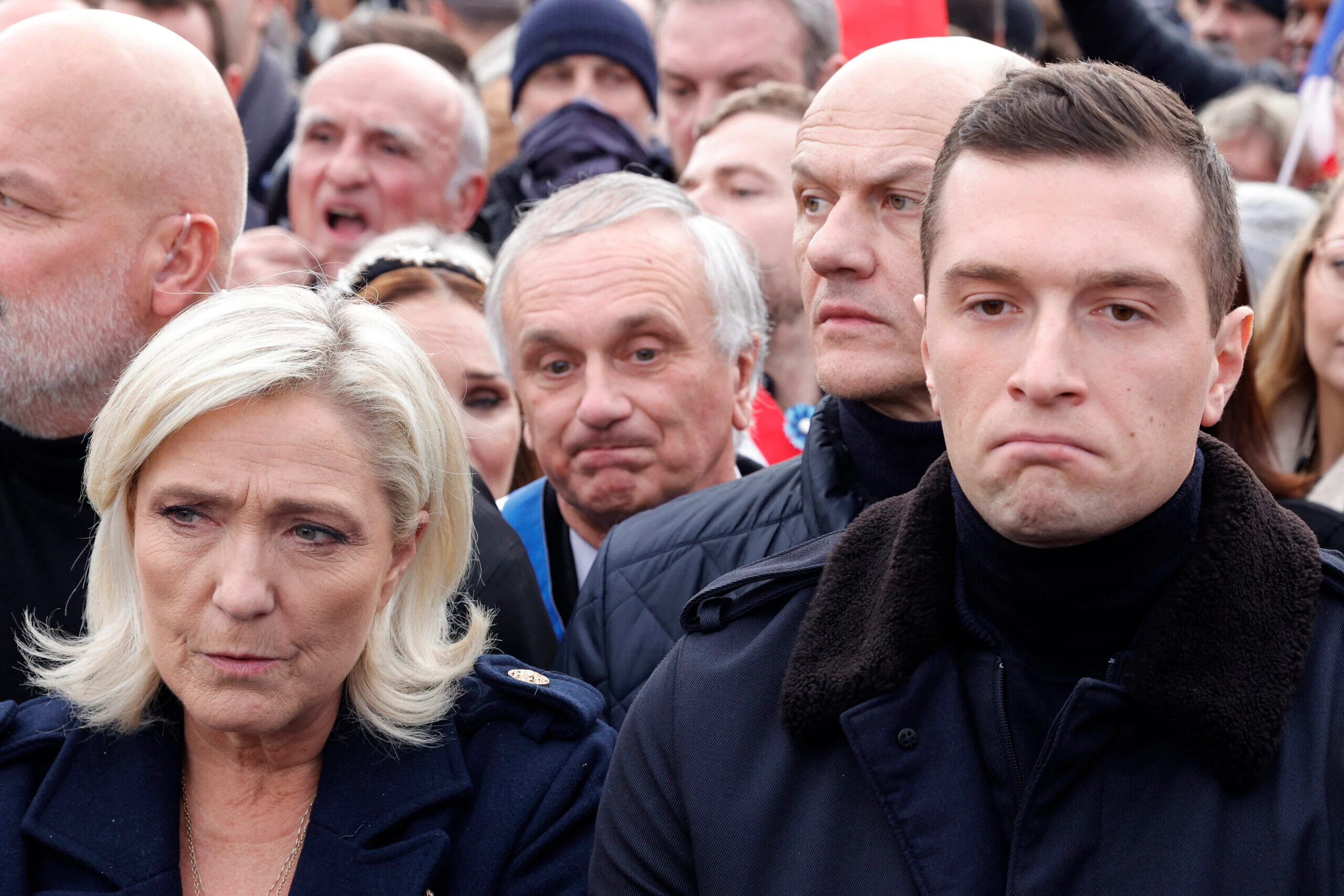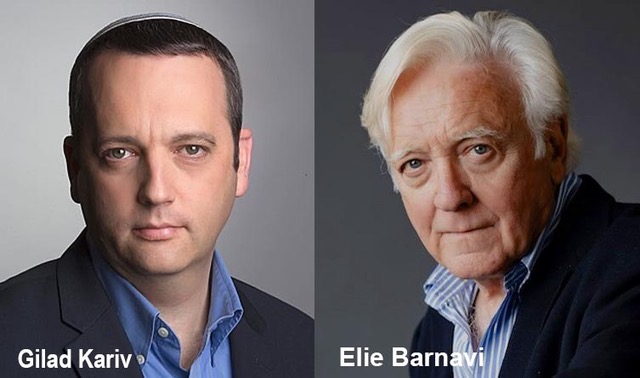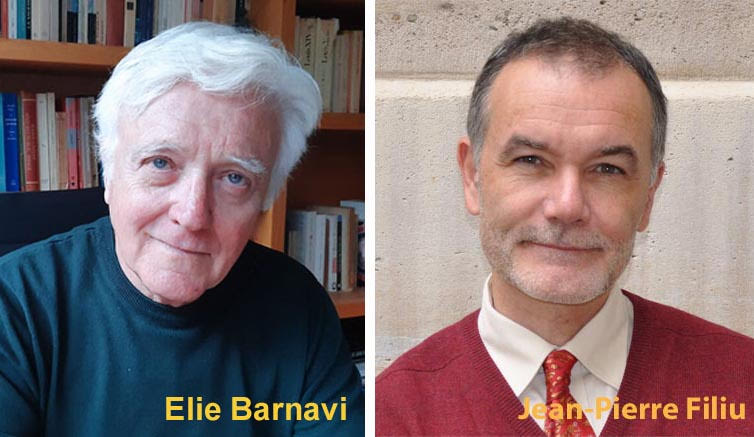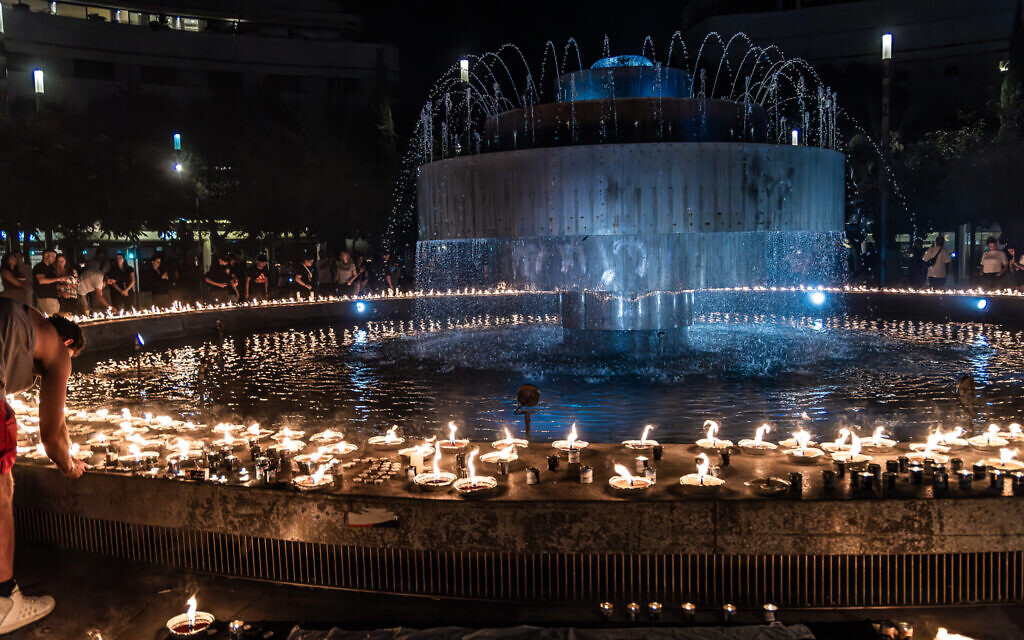Drawing by Kichka
The traditional wish expressed during the celebration of Rosh Hashanah — “May the year that ends take away all its troubles, and may the new year come with all its blessings” — takes on a special meaning at the start of this Jewish year. Never since 1948 have Israel and the Jewish people found themselves in such a difficult situation, and yet, against all expectations and contrary to what he himself advocated just a few months ago, President Trump has presented a 20-point peace plan — a plan accepted by both Netanyahu and Hamas — which, for the first time in two years, gives us reason to hope for an end to the war in Gaza.
Why this change of heart from Trump? Several factors may explain it:
First, he was deeply angered by the failed Israeli airstrike in Doha on September 9, which targeted the site where the negotiating team was due to meet to reach an agreement for the release of the hostages — negotiations that were supported and overseen by the Americans. Let us not forget that Qatar hosts the largest U.S. military base in the Middle East, and that the United States — as well as the Trump family — have numerous financial and diplomatic interests in the Emirates and Saudi Arabia.
Moreover, with one year to go before the Midterm elections, the American president has had to take into account the shift in U.S. public opinion toward Israel. Today, 37% of American voters identify more with the Palestinians, compared with 36% who identify with the Israelis; 60% oppose sending arms to Israel, versus 32% who support it. Even among Republicans, negative views of Israel have risen from 27% in 2022 to 37%. This trend is even more pronounced among younger Republicans under 50, where it has jumped from 35% to 50%, and among Democratic voters, where it has grown from 53% to 69%. The shift is strongest still among American Jews, 61% of whom believe that Israel has committed war crimes — and 39% even a genocide.
The statements by Ministers Ben Gvir and Smotrich about annexing the West Bank — a move that risked ending the Abraham Accords, Trump’s proud legacy, which he seeks to expand to include Saudi Arabia — were also certainly decisive in convincing Trump to change his stance toward Netanyahu.
Finally, despite all its criticisms, the United States could not remain indifferent to the wave of recognition of the State of Palestine by numerous Western countries at the UN, a movement supported by all Arab nations. Trump’s plan, in fact, borrows many elements from the French-Saudi proposal to which he refers: the establishment of an international force following Israel’s withdrawal — something that had seemed impossible until recently; deradicalization on both sides through “a process of interreligious dialogue based on values of tolerance and coexistence to change the mindset of both populations”; a reform program for the Palestinian Authority — a promise also announced by President Abbas, who furthermore condemned the atrocities committed by Hamas on October 7; and, above all, “a credible path toward self-determination and the creation of a Palestinian state, recognized by the United States as the aspiration of the Palestinian people.” This echoes the two-state vision outlined in the French-Saudi plan for the “day after,” demonstrating, if proof were needed, the impact of President Macron’s initiative despite all the criticism and mockery it has received in both Israel and France.
We know that this agreement between the two parties was reached under pressure, with strong coercion from President Trump. The image of Netanyahu, speaking by phone from the Oval Office to apologize to the Qatari Prime Minister for the Israeli airstrike in Doha — reading from a statement drafted by the Americans, and contradicting the words he had delivered just days earlier from the UN podium — says it all. As for Hamas, its political leadership was compelled to accept the American plan, which is supported by almost all members of the Arab League and major Muslim countries such as Turkey and Indonesia. This shift among Arab and Muslim nations is itself a consequence of the recognition of the State of Palestine by many Western countries.
A new dynamic has been set in motion — yet it is fraught with obstacles that could halt it at any moment. Skeptics have already declared that Trump’s plan is riddled with loopholes, allowing both sides to find reasons not to comply with it whenever convenient. This plan is first and foremost a framework to end the war and enable the release of hostages in exchange for Palestinian prisoners. This initial step is eagerly awaited by the majority of both populations, exhausted by this conflict and in desperate need of closure — to mourn their dead and begin to heal their wounds.
In Israel, time has stood still since October 7, 2023. It is, as in the film, a Groundhog Day — a day without end that the population continues to relive through accounts of the massacres of that dark day and the acts of heroism that accompanied it. Only after the hostages return will Israeli society as a whole be able to grasp the full scale of the Palestinian tragedy.
After that, a regional and international framework must be established to manage the situation and rebuild Gaza’s cities — involving the Palestinians while ensuring security for both peoples. This will be a long process, one that could begin to rebuild the bonds of trust between them. Let us hope that this will mark the beginning of a virtuous cycle, allowing — under new political leadership on both sides — a resumption of negotiations aimed at finally realizing the two-state solution.
David Chemla


